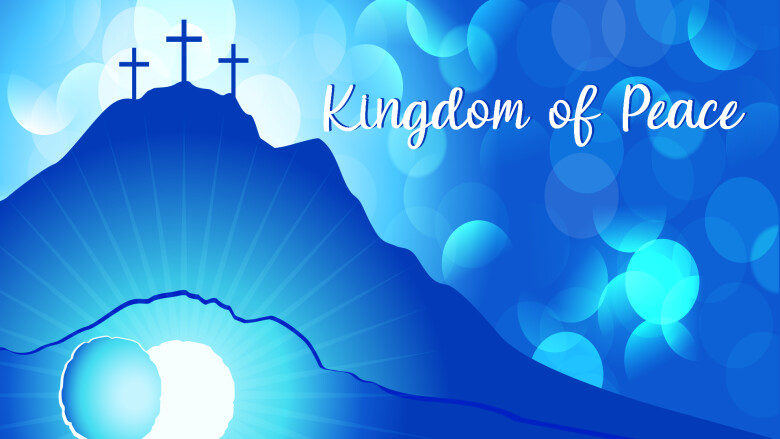Series: Kingdom of Peace
Prince of Peace
April 04, 2021 | Brandon Lenhart
Passage: Isaiah 9:1-7
Interactive Sermon Notes
You can add your own personal sermon notes along the way. When you're finished, you'll be able to save your notes as a .pdf file.
Follow Along with the Message
Series Information


